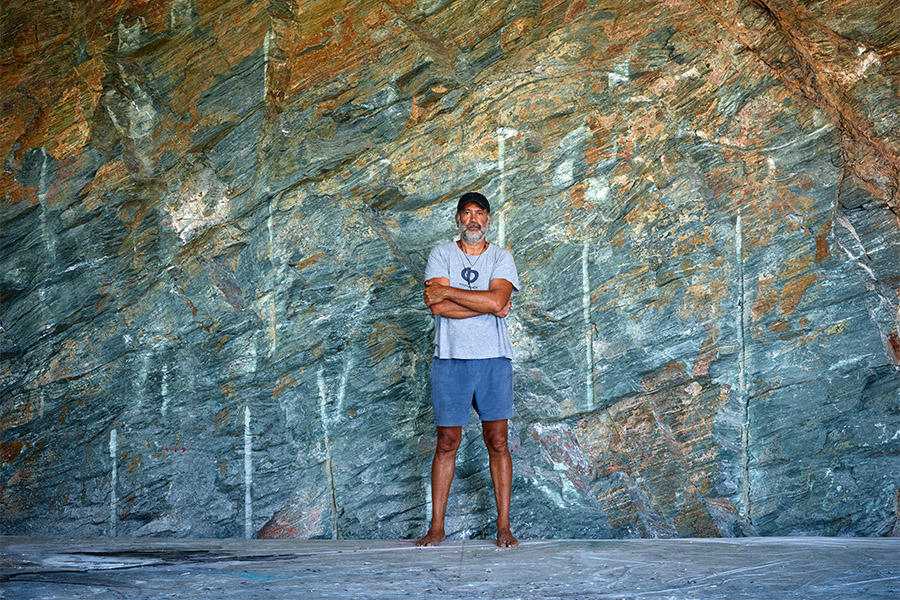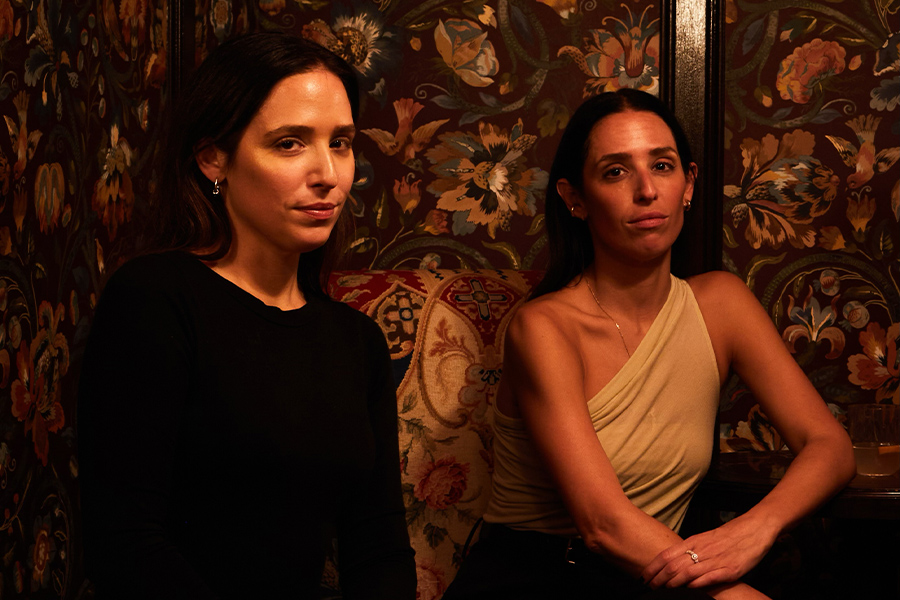The ryokan, with its communal baths and spare guestrooms lined with tatami mats, is a historic symbol of Japanese culture. Adrian Zecha’s first encounter with one of these inns, largely found in the countryside and often run by industrious families, was back in the 1950s. At the time, the Indonesian hotelier, best known for founding Aman Resorts in 1988, was living in Tokyo and working for Time magazine. It was an era, he recalls, when the affluent, educated, and genteel sought out their favorite ryokans as retreats.
“Every ryokan was carefully curated by the aruji, the head of house,” says Zecha, noting how all elements, whether the tokonoma (the reception room alcove displaying artwork), the catch of the day, or the seasonal mountain herbs, “pointed toward the endless pursuit of harmony and human touch.”

Azumi Setoda occupies a 140-year-old structure restored by architect Shiro Miura
Seven decades later, these memories remain fresh in the tireless Zecha’s mind, and he honors this attention to detail—and evolves his work at Aman—with Azumi, his newest brand founded with Yuta Oka of Naru Developments, in modern-day ryokans suffused with warmth and a sense of peace. The notion of an inn, explains Zecha, is ultimately grounded in the idea that it is “a private place to stay the night and have a meal. That definition may be somewhat similar to a home.” There is no hospitality manual found on those premises, he adds, “yet it is only natural to provide the utmost care possible to house guests.”
The inaugural 22-room Azumi Setoda opened in March and is situated on the rural, lemon-sprouting island of Ikuchijima in the Seto Inland Sea in Japan. Kyoto architect Shiro Miura’s design, the revitalization of a compound that is more than a century old, is visually arresting in its own right. When the prominent Horiuchi clan, “one of the most dynamic salt farming and shipping families in Setouchi,” says Zecha, made its headquarters and private residence here in the late 1800s, members turned to the best craftsmen around the country, hiring carpenters from cosmopolitan Kyoto, for instance, to assemble shoji screens. “The biggest testament of quality, however, is its durability—the fact that the estate was in good condition to be restored, rather than rebuilt, 140 years after construction.”

Custom furniture made from locally sourced Japanese Cypress dresses the guest suites
Connecting with the outdoors is also part of Azumi Setoda’s concept, so all guests are treated to their own patches of alfresco privacy, including gardens or balconies that magnify views of the enveloping kakine cedar fence. Playing with light and breezes, the fence weaves through “12 gardens with different philosophies behind them,” points out Zecha, including one that maintains the biodiversity of an original Horiuchi plot. “The design process in traditional Japanese architecture frequently lacks a top-down concept, which is what makes it so interesting,” says Zecha. “Design is created by a bottom-up approach, by listening and feeling each artisan and natural material’s voices.”
After decades in the business, where he has made an indelible mark and redefined luxury, Zecha’s new venture is a reminder that though “people talk about the new normal a lot, things don’t change that easily. We all need time outside the home [and to experience] new encounters.” The world, he says, “never gets boring.”

A traditional cedar kakine, or fence, encircles the property
This article originally appeared in HD’s May 2021 issue.
More from HD:
The 36 Most Anticipated Hotel Openings of 2021
Gamechangers: 6 Forward-Thinking Hoteliers
Casa na Terra Seamlessly Coexists With Its Surroundings


